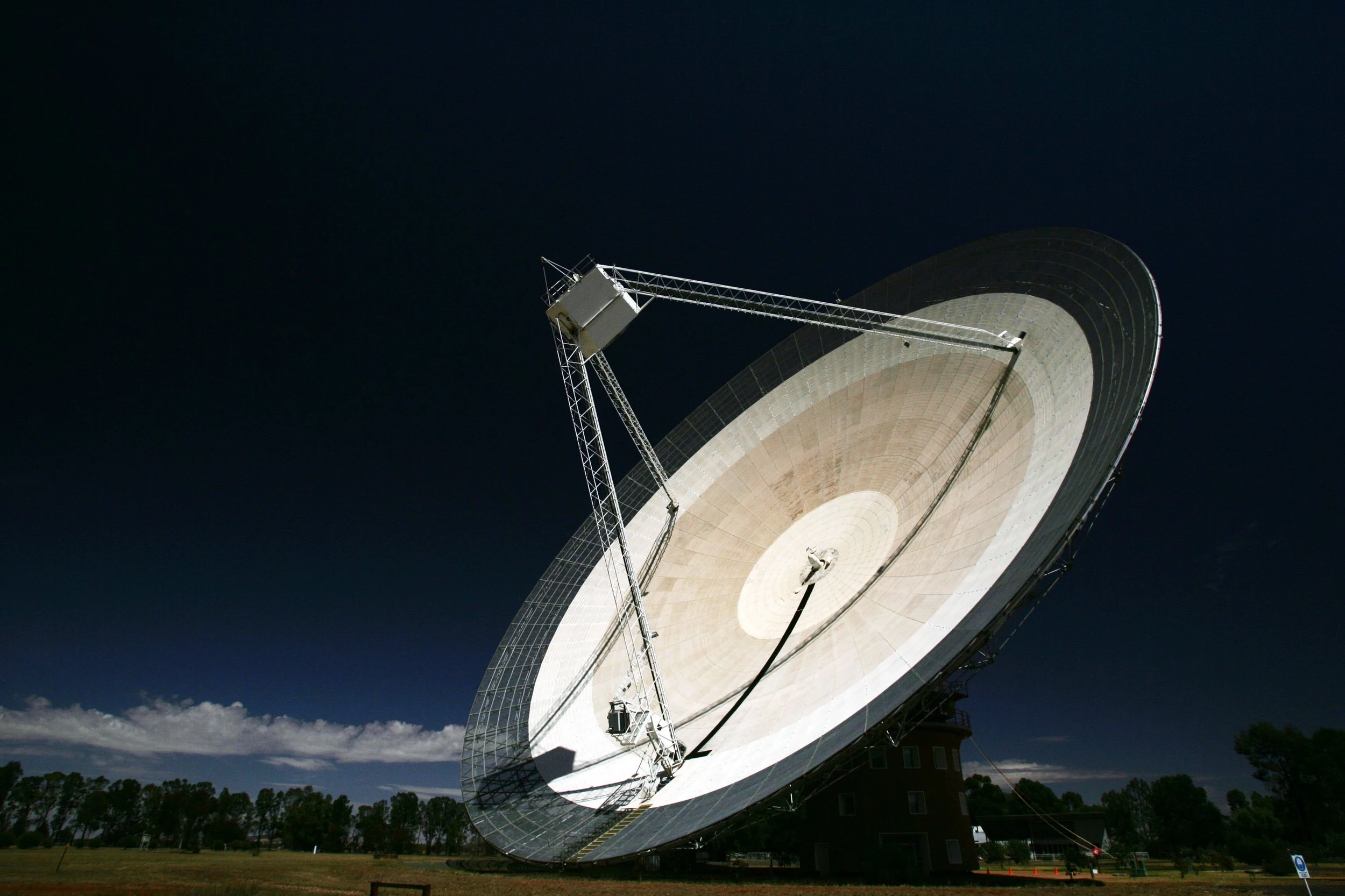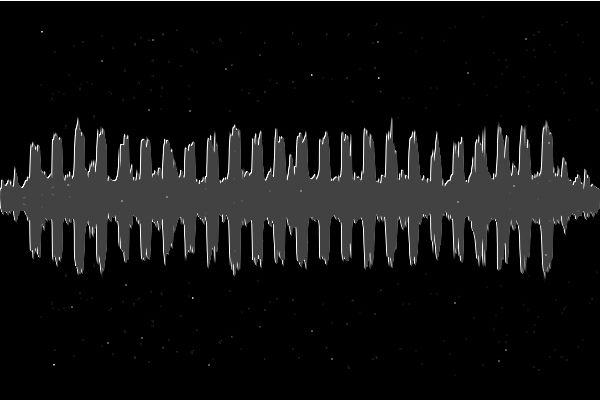
Sarah Burke-Spolaor, co-author of the study, in an official statement said, “The FRB field is moving very fast right now and new discoveries are coming out monthly. As per the researchers, the signal was “co-located with a compact, persistent radio source and associated with a dwarf host galaxy of high specific-star-formation.” The discovery was made using the Five-hundred-meter Aperture Spherical radio Telescope (FAST) in Guizhou, China, in May 2019.Īs per several observations, the emitting object was responsible for emitting smaller radio bursts between the FRBs. The researchers have detected a new Fast Radio Bursts (FRB), which has been termed FRB 20190520B. The findings have been published in the science journal Nature. Once earlier, such a repeating signal was detected by scientists. However, this is not the first time that such a thing has happened. In my case, using a low noise 3 elements Yagi, I need to adjust the RF-gain to 45 dB.In what comes as a strange discovery, astronomers have detected a radio signal coming from another galaxy, which happens to be nearly 3 billion light-years away from Earth. Please note that you need to adjust RTL-SDR RF-Gain properly to optimize the SNR. In my experience, the most critical thing is the matched filter, MM Clock Recovery, and the Costas Loop setting. Finally, the decoded soft bitstream is written into a file ( .s file extension).Decode the phase synchronized symbol with a Soft Decoder into a soft bitstream.Phase synchronize the recovered QPSK symbol using a Costas Loop.Do an equalization with a CMA based Equalizer.Do a symbol synchronization with a Mueller & Mueller based Clock Recovery.

Decimate or resample the IQ samples into 300 ksps stream.Use Osmocom Source to receive IQ samples from RTL-SDR dongle with the highest sample rate possible.Filter the 144 ksps IQ stream with a properly matched filter. Resample again into the final bandwidth of 144 ksps. The GNU Radio flowgraph that I built and use is rather simple. In this article, I will demonstrate that you can build your own GNU Radio flowgraph to demodulate the received RF signal into a binary file and then decode it. First, you need to demodulate the received signal into a binary file and second, you have to decode the binary file into weather image using special software. There are two tasks to be carried in order to receive and decode the weather image from this satellite. A three-element Yagi Antenna will do the job well It is recommended for you to use a directional antenna to receive Meteor-M2 signal. Therefore, it is recommended to use the minimum sample rate of 150 ksps to compensate. With the QPSK baud rate of 72 kilobaud, actually, you can use the absolute minimum sample rate you can use, which is 144 ksps (2 samples per symbol) although it’s not recommended since the signal itself is constantly shifting due to the Doppler effect. This is the characteristic of the QPSK signal.

From the picture above, you can see the signal looked like a “noise hump” in the center of the spectrum. At that time, I was using a sample rate of 300 ksps. I received the signal using an RTL-SDR dongle and GQRX software. The really interesting image it’s transmitted back to earth is one attraction why so many people really care and interested in this satellite. Moreover, amateur radio operators are known to be able to hack or build their own equipment so this “minute” change on frequency and mode is not a huge problem. This weather satellite is particularly famous among amateur radio operators and amateur satellite hobbyist because of the LRPT signal is transmitted around 137.9 MHz near the 2 m-band (144 MHz) amateur radio frequency, therefore the antenna design and the equipment required is not hugely unfamiliar. The satellite will transmit weather image back to earth as it passes by.

This satellite is used for weather forecasting, climate change monitoring, sea water monitoring, and space weather analysis. Meteor-M2 (actually named as Meteor-M N2), is a polar-orbiting weather satellite which belongs to Russia. Today I want to talk about how you can receive a radio signal from a Russian weather satellite, Meteor-M2, in the form of the LRPT signal (LRPT stands for Low Rate Picture Transmission) and decode it into a weather image.


 0 kommentar(er)
0 kommentar(er)
